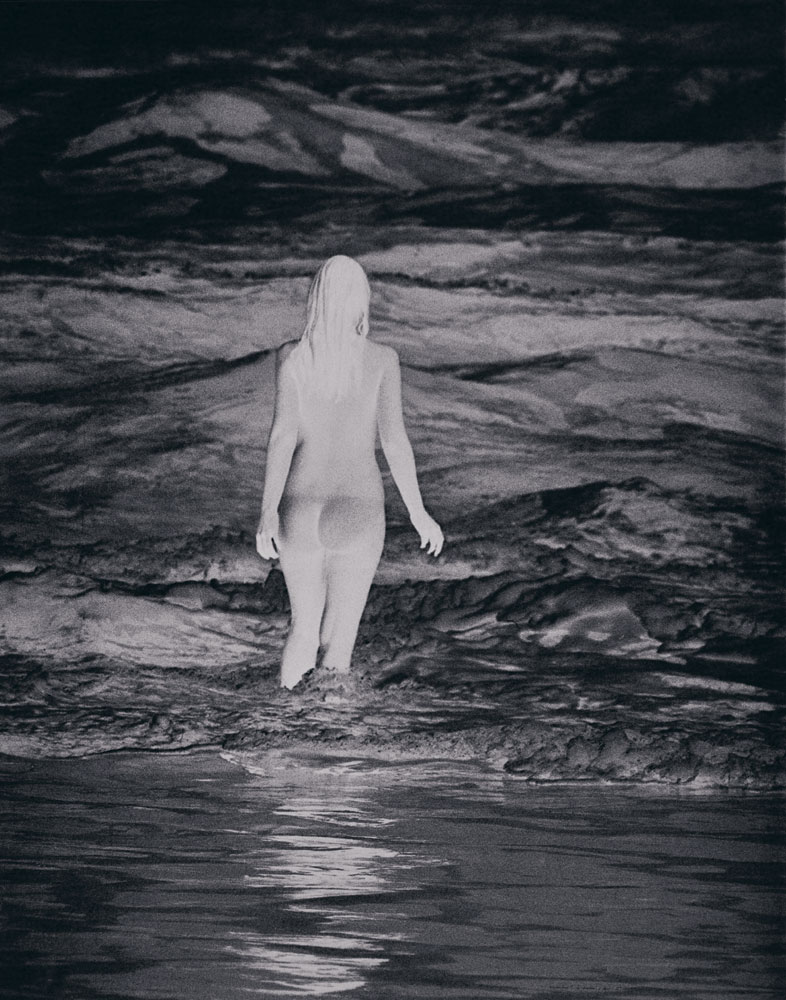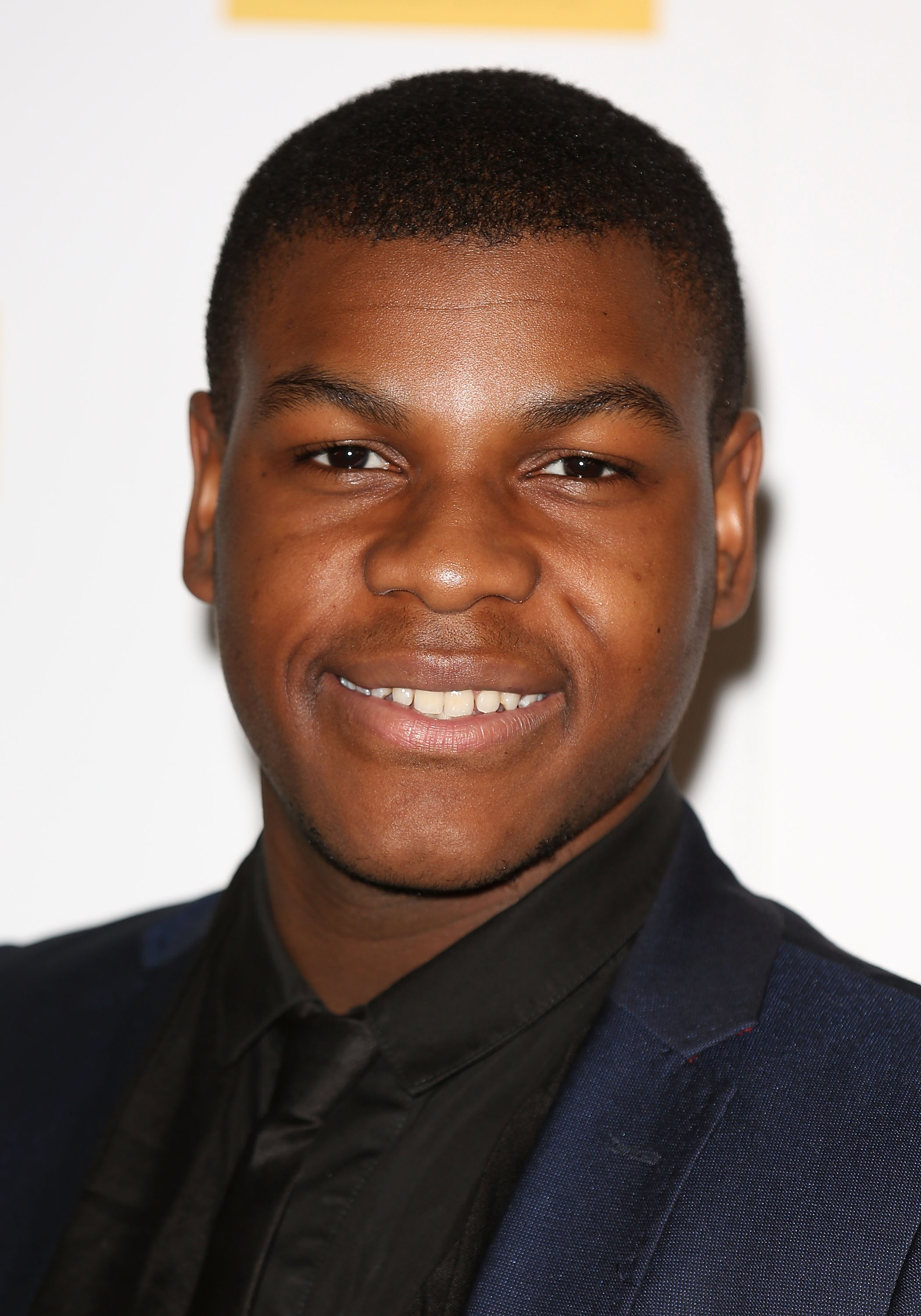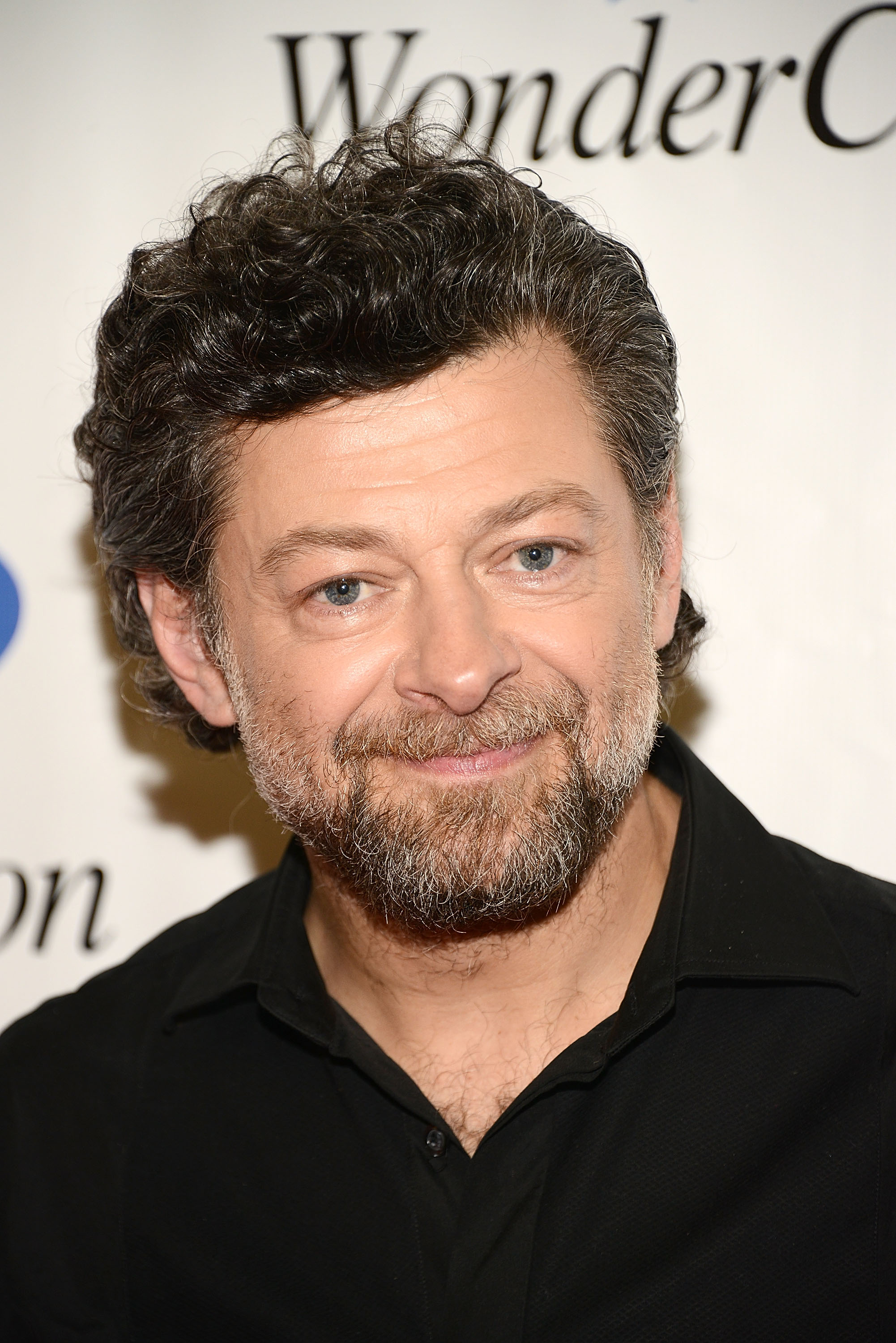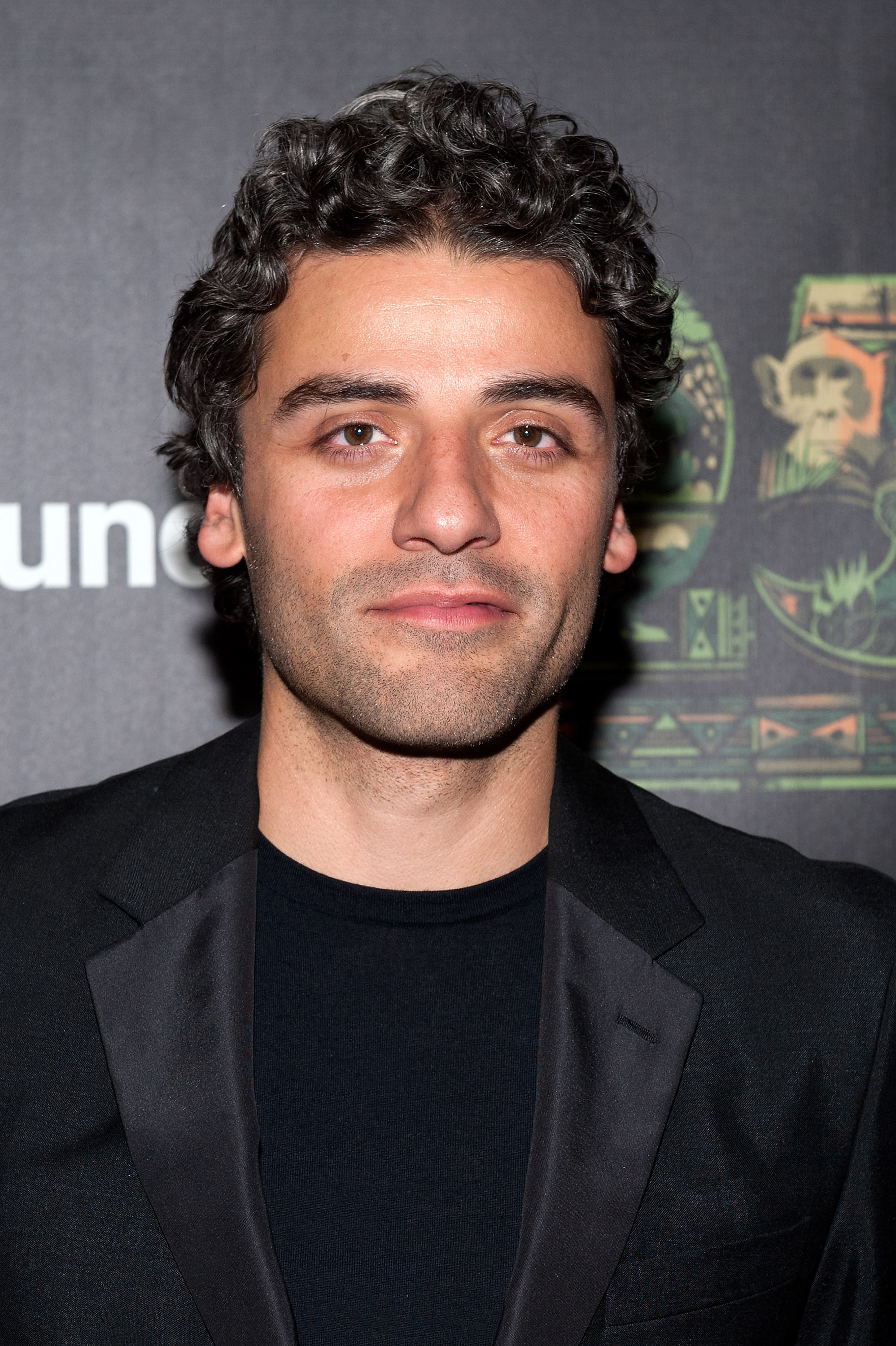
I really wasn’t sure what to expect this year of Frieze, one of the world’s leading contemporary art fairs, which takes place every October in Regents Park, London. At its inception ten years ago, the fair was a vibrant, colorful event, with lots of artists milling around – both emerging and established – as well as curators, gallery owners, collectors and art lovers. But over the years, the ticket price has increased to the point where some artists now feel reluctant to pay the entrance fee for something that, as one journalist put it, “is basically an art supermarket.”
Upon entering the temporary structure built by architects Carmody Groarke, and walking into the first of many gallery booths, I realized that, if this is a supermarket, it’s a high-end model.
In fact, I was so impressed by most of the art on display that I made a call to a reluctant artist friend and said, “Even if it means you’re eating nothing but beans tomorrow, come have a look.” After three days of full immersion, I attempted to select my eight favorite photographs. In no particular order, they are:
1) Tacita Dean, The Book End of Time, 2013, Frith Street Gallery
There is poetry in the frailty of this object, as if one gust of wind could shatter the book into a galaxy of crystal splinters. According to the gallerist, Tacita Dean immersed J.G. Ballard’s 1960 story “The Voices of Time” in a stream, on a salt plane in Utah, for several weeks to get this effect. The artist then used photography to document the outcome of her experiment, as the book was too fragile to move. To me, the book appears like a physical manifestation of the death of the printed page, made all the more apparent by gallery owners preferring to show artists’ work on iPads rather than with the help of a catalogue raisonné.
2) Thomas Ruff, photograms, 2013, Konrad Fischer Galerie
“What exactly is going on here?” I wondered as I stood in front of the large-scale Thomas Ruff photographs. I have to say, even after the kind gallery assistant explained Ruff’s working practice to me for this series, I remained slightly confused as to how exactly a virtual darkroom was used to create this photographic magic. Nevertheless, it left me entranced.

3) Wolfgang Tillmans, Karl Marseille II, 2013, Juana de Aizpuru
After lots of conceptual art, it’s quite refreshing to stand staring straight into a man’s crotch. Greying sports socks on train-seat fabric has never been the most arousing of combinations but Tillmans certainly tickled my feathers with Karl Marseille II.
4) Koji Enokura, Symptom-Lump of Lead to the Sky I, 1972, Takaishii Gallery
I admit I knew nothing about the Japanese artist Enokura before seeing this photograph, but it stopped me in my tracks. The graphic elements of the image — the criss-crossing lines of the square paving stones, the vertical lines of the wall and the darker and lighter elements of the photograph — really enticed me, as well as the fact that it left me wondering, How is this lump airborne just so?
5) Raphael Hefti, Lycopodium series, 2012, Ancient & Modern
The Swiss artist Hefti creates his photograms using photo-sensitive paper in a pitch-black underground storage facility. A modern-day alchemist, Hefti then lights the spores of the flammable plant “witches moss,” thereby achieving “color explosions” with enchanting hues.

6) Anne Collier, Negative (California), 2013, Marc Foxx
According to the gallery, the photograph is a reconsideration of earlier source material from Collier’s archive. Its life-size print is alluring, drawing the viewer into the scene. The silvery sea looks like mercury or even mountain snow, adding a sense of mystery and suspense to the image. Will I drown if I follow her in?

7) Shimabuku, Gift: An exhibition for monkeys, 1992, Wilkinson Gallery
Tucked away in the far end of one of Frieze’s long aisles was the Wilkinson Gallery. Having assessed the contents of countless booths, I felt by this stage that Shimabuku had not only created a gift for the monkeys with this image, but a gift for me, too.

8) Akram Zaatari, 60 Men Crossing Ain El Helweh Bridge, 2007, Sfeir Semler Gallery
This is a collection of exceptional black and white images from the Hashem El Madani Archive. Hashem El Madani was a photographer working in Saida, Lebanon, between the late 1940s and ’70s. His archive is maintained by the Arab Image Foundation, of which the artist Akram Zaatari is a founding member. In these images we see men, young and old, crossing Ain El Helweh Bridge in their suits, on bikes, laughing, chatting, some walking leisurely, others in a rush. The bridge and its characters have come alive all over again, thanks to Zaatari’s fabulous archival work.

Anne-Celine Jaeger is the author of Image Makers, Image Takers, published by Thames & Hudson. She previously wrote for LightBox about Jean-François Leroy.
More Must-Reads from TIME
- Donald Trump Is TIME's 2024 Person of the Year
- Why We Chose Trump as Person of the Year
- Is Intermittent Fasting Good or Bad for You?
- The 100 Must-Read Books of 2024
- The 20 Best Christmas TV Episodes
- Column: If Optimism Feels Ridiculous Now, Try Hope
- The Future of Climate Action Is Trade Policy
- Merle Bombardieri Is Helping People Make the Baby Decision
Contact us at letters@time.com